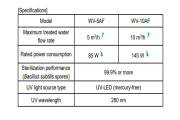 2025-07-10
2025-07-10
Industrial boiler manufacturer MIURA CO., LTD. (Tokyo Head Office: Minato-ku, Tokyo; President and CEO: Tsuyoshi Yoneda; hereinafter referred to as “MIURA”) began sales of mercury-free UV-LED water sterilization equipment using UV-LEDs developed by NICHIA CORPORATION (Head Office: Anan City, Tokushima, President & CEO: Hiroyoshi Ogawa; hereinafter referred to as “NICHIA”) in August 2024, and has received numerous orders from customers across various industries in the cosmetics, chemical, machi...
Continue reading →
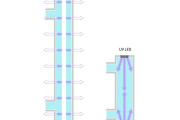 2025-03-10
2025-03-10
The prior blog titled “Nichia’s contribution to a realization of a mercury-free society” took a short break. However, there was a release about new LED-based water disinfection devices made by Miura Co., Ltd., a Japanese manufacturer and also one of Nichia’s customers, that has successfully been replacing mercury lamp systems. By using the features of this device as an example, Nichia would like to explain in this blog the reason for why it was possible for the manufacturer to replace mercury lamps with LEDs, and the advantages of utilizing LEDs. ...
Continue reading →
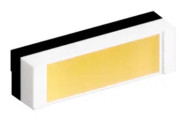 2025-01-23
2025-01-23
Nichia, the world's largest LED manufacturer and inventor of the high-brightness blue and white LED, is launching a white LED (Part No. NS2W806H-B2) designed for LCD backlighting. This product adds a new green chip in addition to the existing blue chip, resulting in a configuration that combines both blue and green within a single package. For LEDs used in LCD backlighting, it is common to achieve white light by combining a blue chip with green and red phosphors. However, due to the significant performance improvements in Nichia's green chip, the N...
Continue reading →
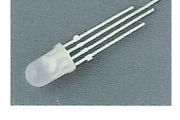 2024-09-19
2024-09-19
Several years have passed since the launch of blue LEDs, and LEDs have been adopted for the three applications introduced in the previous post (traffic signal/display/scanner). Large screen display systems, which had been used mainly outdoors, have expanded to include large-sized displays used in stadiums to small, high-definition versions for advertising, such as those installed in buildings, and now indoor applications are in sight.
For indoor applications, the distance between the viewer and the screen is closer, so the LED pitch (distance between each LED) must be narro...
Continue reading →
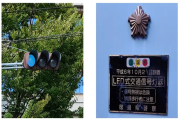 2024-09-18
2024-09-18
To introduce a completely new technology to the world, it is said that there are three barriers to overcome. They are called the Devil River, Valley of Death, and Darwinian Sea.
There are detailed explanations of each of these terms in specialized literature for business administration and other fields. "The Devil River" is if the development of the product becomes a success. Smooth mass production and commercialization is referenced as "The Valley of Death." Lastly, the formation of the market is known as "The Darwinian Sea". Thanks to the...
Continue reading →
2024-09-13
Blue LEDs were ready for mass production, and in November 1993, the day of the launch announcement for the blue LED finally arrived. The announcement was not some gorgeous event like renting out a conference room at a hotel to give a presentation to a large number of media outlets; instead, Nichia just asked the Tokushima branch of the Nihon Keizai Shimbun (Japanese Newspaper company) for an interview. At that time, Nichia Corporation was a completely unknown company to the public. The company was introduced in newspapers, weekly magazines, television, and other media as ...
Continue reading →
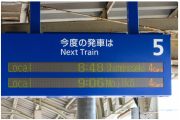 2024-09-11
2024-09-11
Rewind the clock 30 years to 1993, red, orange, and yellow-green LEDs were readily mass produced and available in the market. However, although blue LEDs utilizing different substrate materials were available in the market, production quantities were very limited. In fact, these blue LEDs were not as bright as the red and yellow-green LEDs. Therefore, because of the brightness difference between these 3 colors, balance could not be achieved between the three primary colors (red, blue, yellow) necessary to reproduce any color, including white. Various manufacturers and resear...
Continue reading →
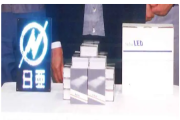 2024-09-11
2024-09-11
"Blue LED, 100 times brighter"
On November 30, 1993, Nikkei Business Daily headlined the front page of its popular newspaper in Japan – "Blue LED, 100 times brighter." The company that launched such a surprising product is "Nichia Chemical Industries Ltd." (Currently, Nichia Corporation), located in Tokushima, Japan.
At the time, Nichia was positioned as Japan's largest manufacturer of phosphors, primarily used in fluorescent lamps and CRT televisions. Although Nichia was well-known in the industry, the general publi...
Continue reading →
 2025-07-10
2025-07-10
 2025-03-10
2025-03-10
 2025-01-23
2025-01-23
 2024-09-19
2024-09-19
 2024-09-18
2024-09-18
 2024-09-11
2024-09-11
 2024-09-11
2024-09-11